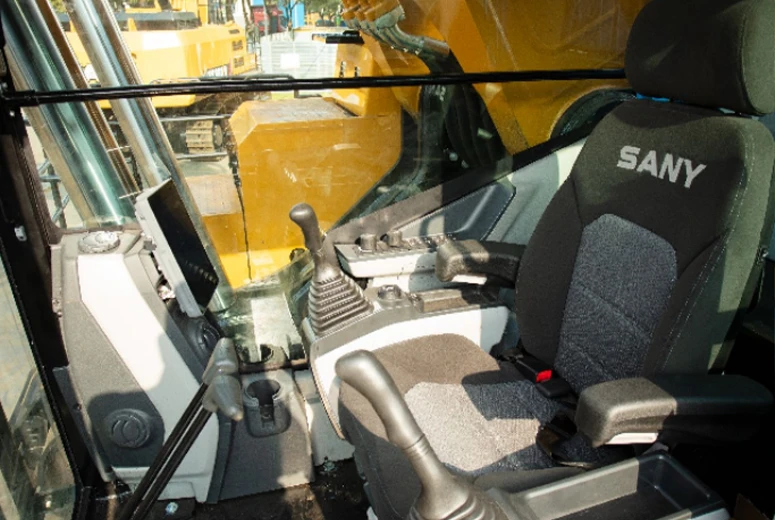Essential Components of Internal Combustion Engines and Their Functions
Understanding Internal Combustion Engine Parts
Internal combustion engines (ICE) are complex machinery integral to the functioning of vehicles, machinery, and various industrial applications. At the heart of every internal combustion engine lies a series of components, each playing a critical role in the engine's overall performance, efficiency, and longevity. This article will explore the primary parts of internal combustion engines, their functions, and their importance.
The Engine Block
The engine block serves as the foundational structure of an internal combustion engine. Typically cast from iron or aluminum, it houses most of the engine's components. It contains the cylinders where fuel and air mix and combust. The block is designed to withstand the immense pressures and temperatures generated during operation. Its design also includes passages for coolant and oil, providing necessary temperature regulation and lubrication.
Cylinders and Pistons
Cylinders are the heart of the combustion process. Most internal combustion engines have multiple cylinders arranged in a specific configuration—commonly inline, V-shaped, or flat. Each cylinder contains a piston that moves up and down with the combustion process, creating the mechanical force needed to turn the crankshaft.
Pistons are typically made of aluminum alloy, designed to withstand high temperatures and pressures while maintaining a tight seal with the cylinder walls. This seal allows for efficient combustion and minimizes the loss of gases. Each piston is connected to a connecting rod, which translates the piston's linear motion into rotational motion.
Crankshaft and Camshaft
The crankshaft is another vital component in an internal combustion engine. It converts the linear motion of the pistons into rotational motion, which ultimately drives the vehicle’s wheels. The crankshaft is intricately designed for balance and strength, as it must withstand significant forces while maintaining smooth operation.
On the other hand, the camshaft controls the timing of the engine's intake and exhaust valves. It converts rotational motion back into linear motion, opening and closing the valves at precise intervals to allow for proper intake of air and exhaust of gases. Many modern engines feature variable valve timing mechanisms, allowing for optimized performance and efficiency across various speeds.
ic engine parts

Valves and Timing Mechanism
Valves are critical for controlling the flow of air and fuel into the combustion chamber and the expulsion of exhaust gases. The combination of intake and exhaust valves ensures that the engine functions efficiently.
The timing mechanism, typically comprising a timing belt or chain, synchronizes the movement of the crankshaft and camshaft, ensuring proper valve operation in relation to the piston positions. Accurate timing is essential for optimal engine performance, fuel efficiency, and emissions control.
Fuel System
The fuel system is crucial for delivering the correct amount of fuel to the combustion chamber. It includes components such as fuel injectors, fuel pumps, and fuel filters. In modern engines, fuel injection systems have largely replaced carburetors, offering more precise control over the fuel-air mixture, leading to improves efficiency and performance.
Ignition System
The ignition system ignites the fuel-air mixture within the combustion chamber, initiating the combustion process. This includes components like spark plugs, ignition coils, and the distributor. In gasoline engines, the spark plugs create a spark at precisely the right moment, igniting the mixture. In diesel engines, compression ignition is used, wherein the high temperature created by compressing air in the cylinder ignites the fuel.
Conclusion
Internal combustion engines are remarkable examples of engineering and design, comprising numerous parts, each with its unique functions and contributions. Understanding these parts offers insight into the operation of these machines and highlights the importance of regular maintenance and care to ensure reliability and efficiency. As technology evolves, the design and functionality of engine components continue to improve, paving the way for more efficient and environmentally friendly engines in the future.
-
Hydraulic Lock Assembly for SHACMAN Truck Parts – Durable & ReliableNewsJul.28,2025
-
SINOTRUK HOWO 84 Electric Dump Truck for Eco-Friendly Heavy HaulingNewsJul.26,2025
-
The Fast 16-Gear Manual Transmission Assembly for Heavy TrucksNewsJul.25,2025
-
Mercedes Benz Actros 1848 42 Tractor Truck for Sale - Reliable PerformanceNewsJul.24,2025
-
High-Quality Water Pump Assembly for Sinotruk Trucks – Durable & ReliableNewsJul.23,2025
-
Premium Truck Engine Antifreeze Coolant Fluid for Heavy Duty VehiclesNewsJul.22,2025
Popular products

























